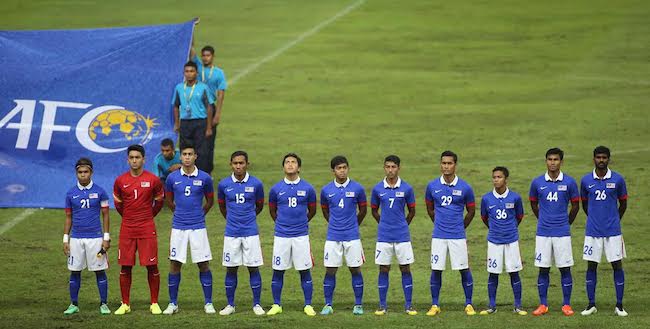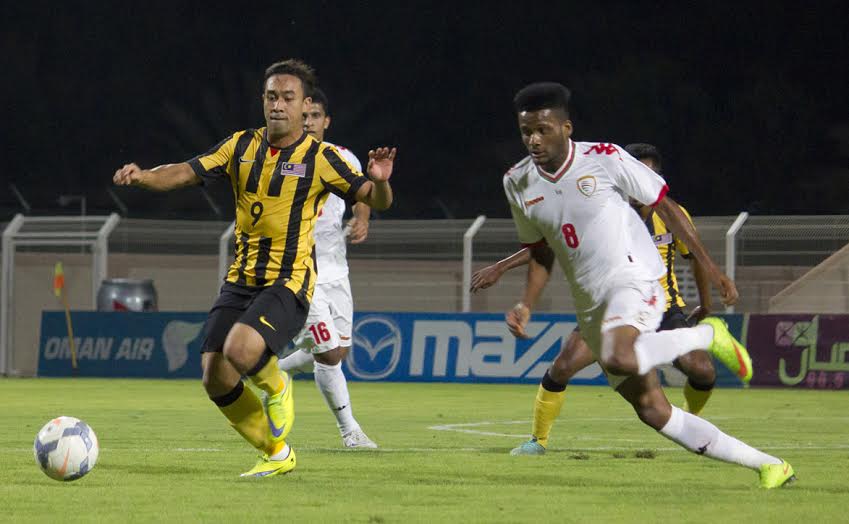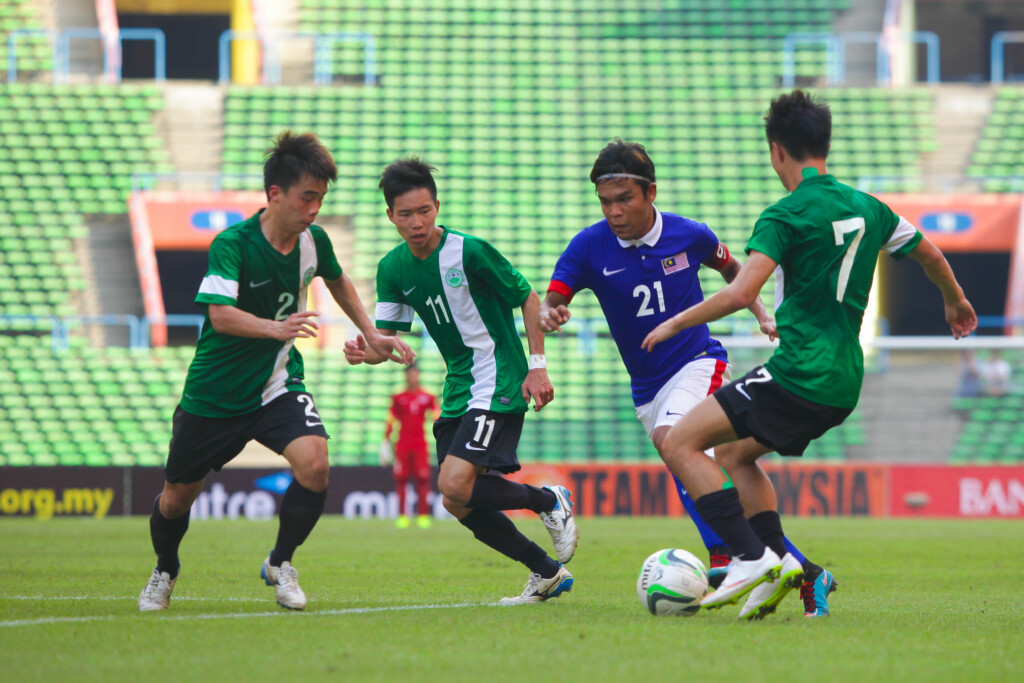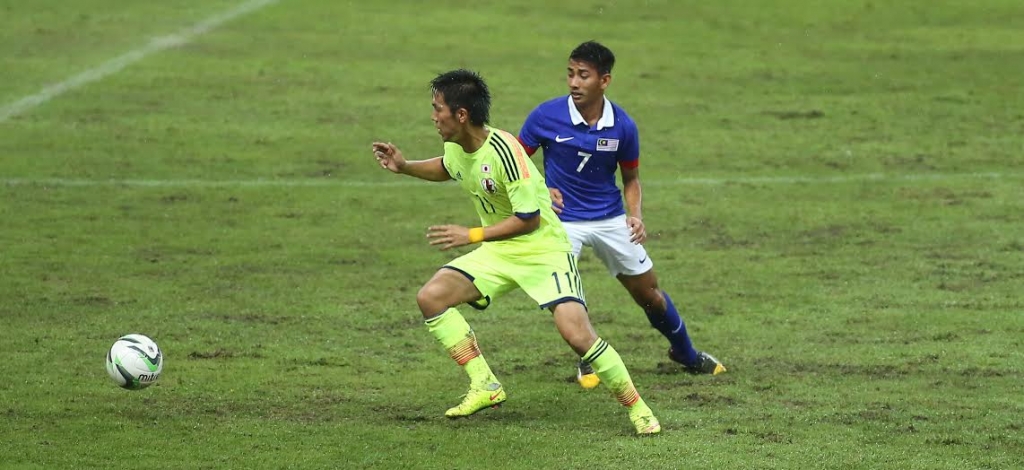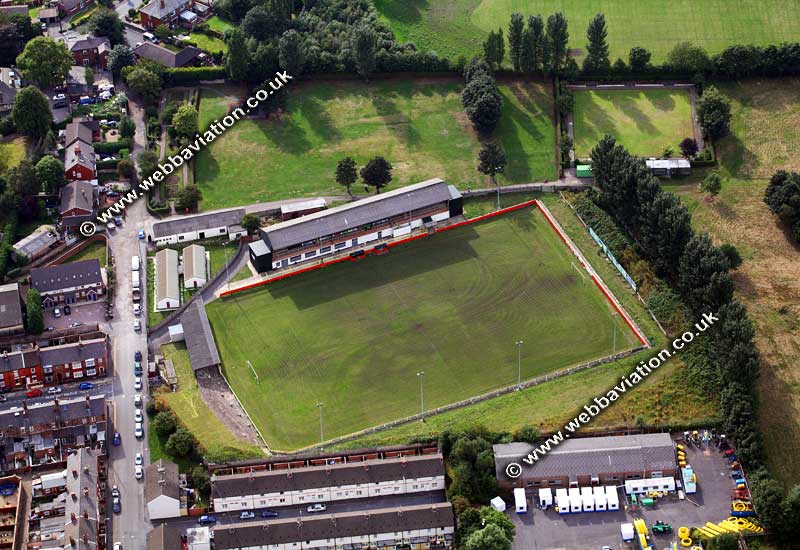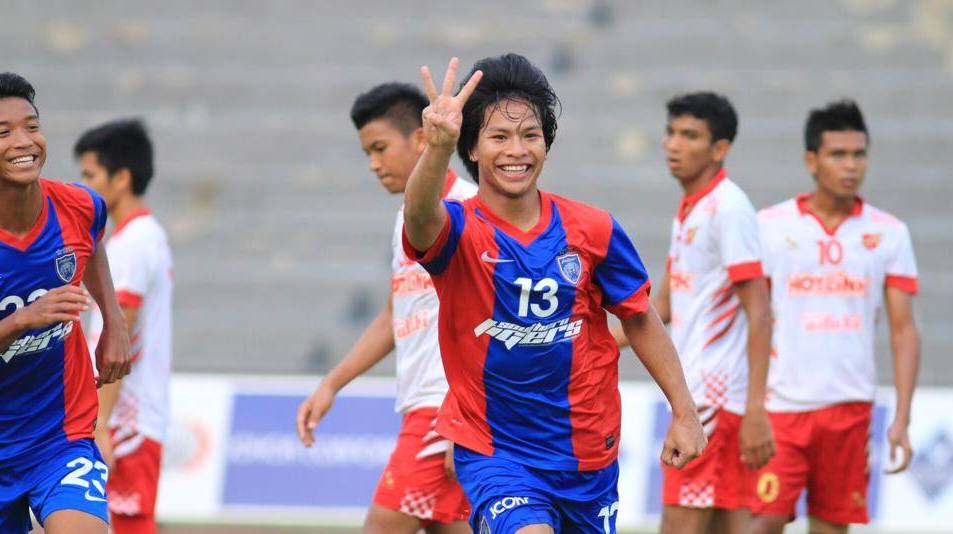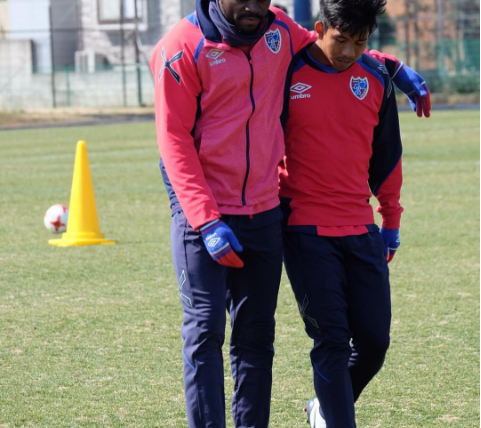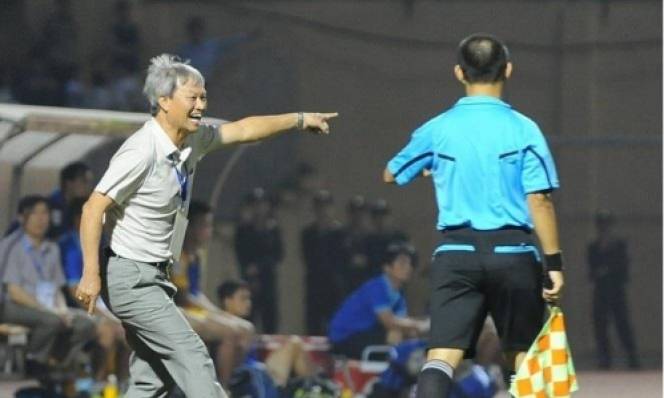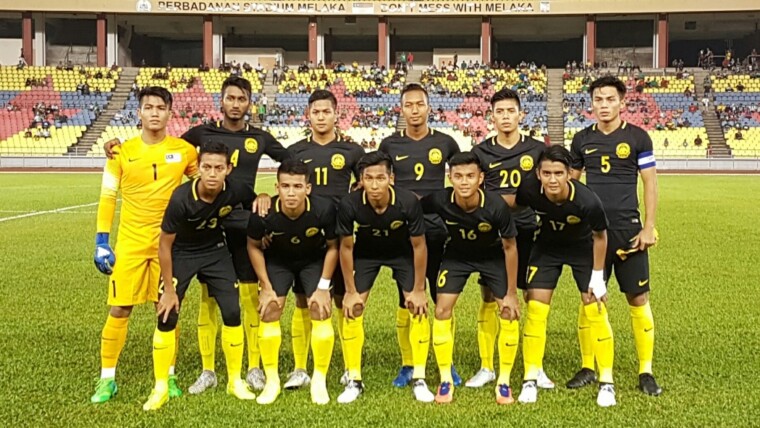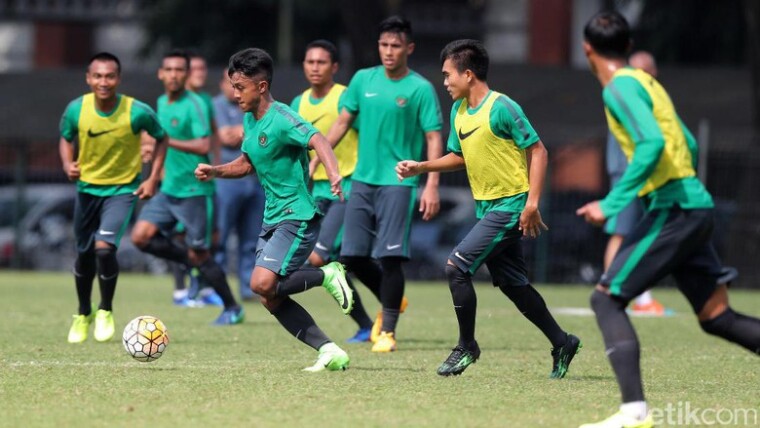It has not been a good week for Malaysia on the International football stage. Walloped at Full International level in Oman, and beaten into third place in the four team group at under 22 level in the AFC Championship qualification group held at Shah Alam over the last week.
Amidst the plethora of advice that Coaches and Management will be receiving from keyboard and journalistic warriors alike, I would like to wade in with a long-held observation that you can’t fairly point the finger at the players and Coaches, unless they are working with the same resources as other nations.
This observation isn’t about fields, or coach qualifications, or even facilities. It is, in my mind, the biggest problem in South East Asia. Simply, there are not enough clubs or Leagues for Coaches/selectors at all ages to recruit players from or test them in competitive action. There is also a lack of variety of Leagues for players to find “their own level”.
Take the Japan team who won the AFC under 22 group involving Malaysia, Macau & Vietnam. Each and every player in that squad was already established as a recognised performer either in Japan’s J1 or J2, or – in two cases – European teams. So the 23 players in their squad were tried and tested, and proven to be the best players available at that age.
Compare that with Malaysia’s selection. Of the 23 in the squad, just four had been exposed to anything other than playing in a team of players the same age. Nazmi Faiz at Selangor, Shahrul Saad – unused in the first team – at Felda, and Kedah’s promising Farhan Roslan and Raphy Mariappen. Nazmi and Farhan are still considered “promising”. Their direct opponents in the match against Japan were Ken Matsubara – a J-League regular with Albirex Niigata – and Wataru Endo who is a regular starter at J2 side Shonan Bellmare. We’re not talking same ball-park here.
Let us compare further. Harimau Muda play in Singapore’s S-League where one of the teams they compete against are Albirex Niigata’s satellite club. Albirex are a lower ranked J1 team, and the S-League connection is made up of players who can’t make their first or reserve squads. In S-League head-to-head matches between Albirex and Harimau Muda, Albirex have won all four matches the teams have played.
Harimau Muda’s coaches are expected to work with players who are selected as a group for Bukit Jalil School in their early teens, and yet when this same group don’t turn out to be Championship winning professionals eight years later, they suffer howls of derision.
In a commentary on the AFC under 23 qualification group for Astro Arena, I found I had started to join in with those howls of frustration that Malaysia weren’t competing. Someone – rightly – pulled me up for offering an on-air opinion for which I am not qualified to make, and so I decided to look a little more deeply into the respective backgrounds of the players in the squads.
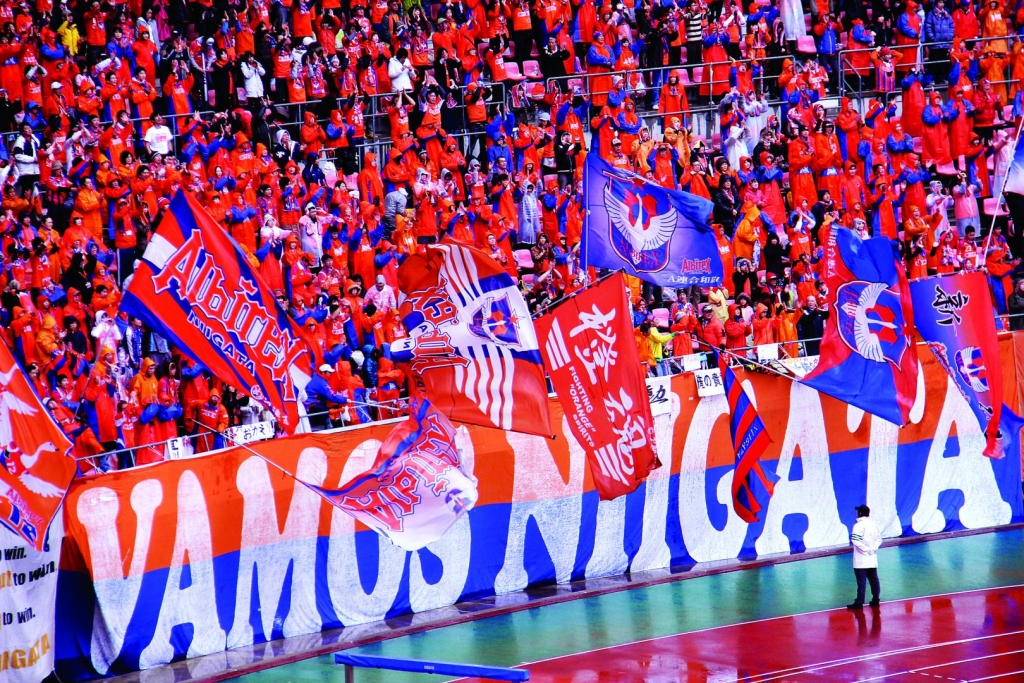
Look down the structure of Japanese football and you see there’s fully professional football played by 52 clubs in three National leagues – J1, J2 and, recently introduced, J3. Below that, with promotion between the Divisions based on League position and facilities, there is what is officially an amateur 14-team Japan Football league. In truth, even this level is fully professional. Each of these clubs has – with some exceptions – youth teams, and it’s own playing & training facility.
But it’s the depth below that explains, in part, the continual emergence of good players within the Japanese structure. There are 9 regional Leagues – some of which have two or three divisions. So that means another (approximately) 140 well-organised, independent football clubs.
And below that level there are another 46 prefectural – or major town Leagues – with clubs, again, needing to be responsible for their own facilities, and though many home “grounds” are shared, there is still a need for each team/club to have a home ground for League and cup matches. There are hundreds of organised teams or clubs in these 46 prefectural leagues. And these aren’t “Social” Leagues. They are properly organised and officially registered leagues. There are numerous social Leagues as well.
So the Japanese under 23 squad are the elite of a very deep and well organised structure. And a really good player has proven his ability and, at 22, is an established professional. For those not good enough to make that level, there are numerous “respectable” leagues with which to play and enjoy your football.
On a similar theme, on a recent trip to the UK, I bought the newspaper “Non-League Football” which has results and standings from literally hundreds of organised senior (open aged) Leagues. Most counties (there are 83 in England, a very rough equivalent of the Malaysian State) had at least one league in each of the ten “Levels” that football is broken into. Each of those Leagues had several divisions. And to get promotion to the next tier, there are basic club requirements, ground standards & criteria that must be met.
Whilst there, I took the opportunity of going to watch a level seven Northern Premier league Division One match involving Prescot Cables – the non-league team closest to where I was brought up – and Spennymoor United. At Prescot’s Hope Street Ground, there was an enclosed Stadium, a crowd (all of whom paid) of a couple of hundred, all of whom were invested in the team.
Prescot has a reserve and a youth team, and seven of the starting XI in the match I chose to watch had come through the youth set-up. Note the point that there was somewhere for the kids from the Youth team to “graduate” to. If they were good enough, Prescot would give them a chance. And for the really good ones, there was a chance to maybe attract the interest of a local clubs like Marine (level 7), or a Runcorn (level 5), or a Southport (level 4), or even Tranmere (League 2). For those not good enough, the Liverpool Senior League at level 10 was also an option. Even at that level pitches are enclosed, club-houses are the norm and each team has a “home” venue.
In Malaysia, there are simply not enough Leagues or levels of football to play in, and nowhere near enough focus made on making clubs a place for people to congregate and support their LOCAL team. Malaysian State Leagues remain a mystery to me. When I moved to live in KL I searched for a team to train with, but found precious little information. There are numerous social leagues – indeed there are even midnight leagues played at some facilities such as the KLFA, but officially organised leagues are incredibly limited, and incredibly well hidden.
Again, compare with the Japanese and UK examples, and using our old internet friend Wikipedia, you will find information on Japanese and British football teams right down to the lower levels. It would be a revelation to have such readily available profile and information on Malaysian lower league football. I urge you to try.
For the young players selected to represent Malaysia in the under 23 level, our (my) expectations are unrealistically high as, whilst it seems as though they are the best available, the lack of depth in leagues and infrastructure means that we just don’t know how many good players are being missed. Wasn’t that proven by the MyTeam experiment?
I hear that a league structure is being developed in Johor under the leadership of Shebby Singh. And initiatives such as the 1MCC and Subang Junior Football league deserve recognition. But they are remarkable because they are exceptional.
So next time you wish to vent your spleen at the under performing group of players at International level, let us ponder the process that selects players for Bukit Jalil at 14 and expects them all to graduate to International quality footballers. And compare it to Japan or the UK, and its obvious that we’re not comparing like with like.
Other posts by Dez Corkhill

